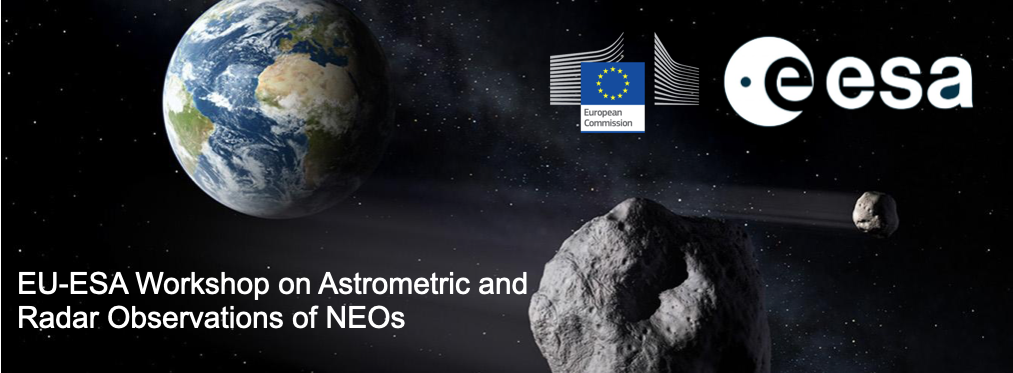Speaker
Description
The Flyeye-1 is the first in a planned network of wide-field survey telescopes designed by the European Space Agency (ESA) to enhance Europe’s capability in detecting and tracking Near-Earth Objects (NEOs). This talk presents results from the commissioning campaign of Flyeye-1, conducted at the test facilities at the Matera Space Centre, operated by the Italian Space Agency (ASI) in southern Italy.
We report the integration of the telescope with its equatorial mount and the progress on the optical alignment of the telescope’s 16 astronomical optical channels and cameras. At the same time, major software components – including the Front-End Control software, the Tasking and Scheduling software, and the Flyeye Data Processing Chain (DPC) – are in the process of being integrated. The expected performance of the DPC was validated using simulated images of artificial NEOs.
First light observations were carried out to verify system interconnectivity and assess key performance metrics including image quality, astrometric and photometric accuracy, and field uniformity. Testing included manual calibrations and manual interactions, single-night operational tests, and safety and maintenance checks. A full demonstration of the system’s end-to-end functionality – covering automated scheduling, image acquisition, object detection and reporting – is planned for two dedicated sessions in Q3 2025, following the completion of the Factory Acceptance Tests (FAT). Early results from the acceptance phase point to Flyeye-1’s strong potential for operational deployment and its expected contribution to ESA’s planetary defense activities.
Finally, we provide an update on the construction of the permanent observatory at Mt. Mufara (Sicily), where the Flyeye-1 is scheduled to be permanently relocated in 2026 and outline the roadmap for future developments and the planned expansion of the network.

